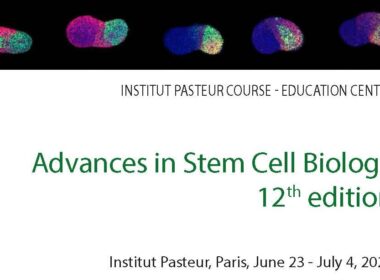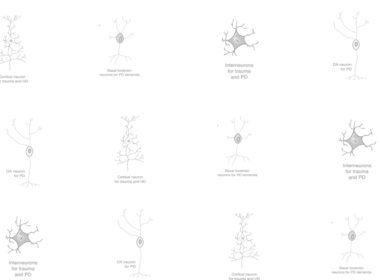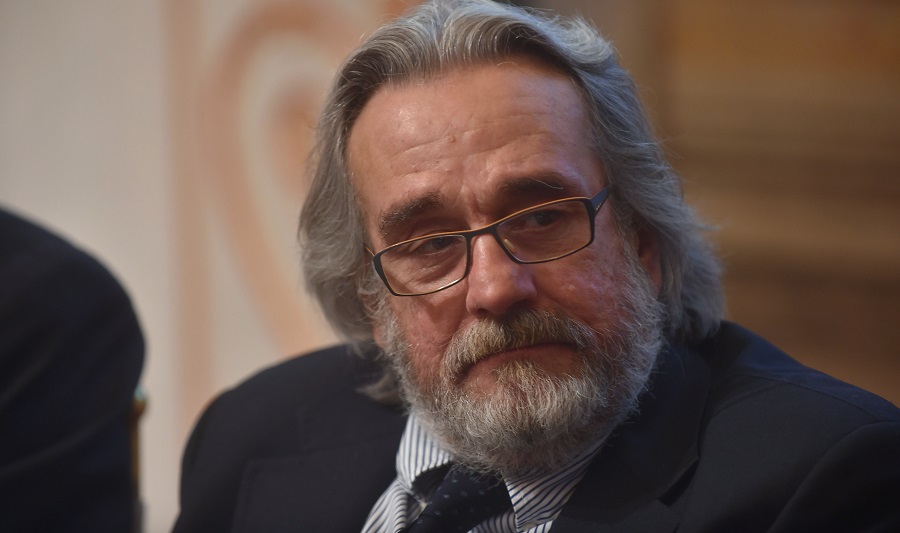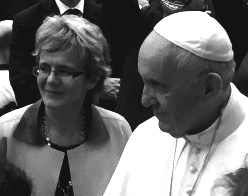Published on Nature the first life-saving epidermal stem cell-based gene therapy which has allowed international team coordinated by Prof. Michele De Luca of the University of Modena and Reggio Emilia (Unimore) to save the life of a child suffering from Epidermolysis Bullosa and achieve fundamental knowledge in the field of stem cell biology
Modena, 8th November 2017 – Today, the University of Modena and Reggio Emilia (Unimore) has announced the publication on Nature, one of the most prestigious scientific journal, of a bio-medical study resulting from the collaboration between the Centre for Regenerative Medicine “Stefano Ferrari” (CMR) of Unimore, Holostem Terapie Avanzate and important European academic and clinical institutions.
“They are known as ‘Butterfly Children’ because their skin is very fragile and develop painful blisters and erosions upon any minimum trauma. The scientific name of their pathology is Epidermolysis bullosa (EB) and it is a rare genetic disease caused by mutations in encoding for proteins responsible for the adhesion of the epidermis to the dermis”, explained Prof. Michele De Luca, Director of the CMR.
For over 30 years, Michele De Luca has been using cultured epidermal stem cells, following a technique developed in the USA by Howard Green and initially implemented as life-saving treatment on hundreds of patients with massive third-degree burns. De Luca then developed a procedure allowing genetic modification of such cells and used them in ex vivo gene therapy clinical trials for Epidermolysis bullosa, which was published for the first time in Nature Medicine in 2006.
“In June 2015, a Syrian 7-year-old child was admitted to the Burn Unit of the Children’s Hospital in Bochum – explain Tobias Rothoeft and Norbert Teig, two peditaricians of the Ruhr-University – Since birth, he developed blisters all over his body. His condition severely deteriorated six weeks before admission, due to bacterial infection and he then suffered complete epidermal loss on ~80% of the total body surface area (TBSA). During the following weeks, all therapeutic approaches failed and patient’s short-term prognosis was unfavourable. We therefore got in touch with Michele De Luca to investigate the possibility of an ex vivo gene therapy approach.”
“The boy has the same type of Junctional EB that we were treating in our approved Phase I/II clinical trial – tells Michele De Luca – and our university spin-off Holostem Terapie Avanzate was authorized to produce transgenic epidermal cultures in its GMP-certified laboratory located at the CMR. We just need formal authorization from German regulatory authorities for the compassionate use of our transgenic cultures, which was readily obtained in September 2015. After a consultation with Johann Bauer, dermatologist of EB House of Salzburg, we decided to proceed in attempting to restore the skin of the child”
“It has been a race against time for our biotechnologists, in particular Sergio Bondanza who had worked hardly to produce the many transgenic epidermal grafts delivered to Germany for the transplantation” – remembers Paolo Chiesi, President of Holostem Terapie Avanzate. “Holostem was conceived to deliver to patients stem cell-based advanced medicinal products developed by our university partner, as we have already done with Holoclar, autologous limbal cultures used for the reconstruction of the cornea and approved by EMA in 2015. The compassionate treatment of the child was perfectly fitting in our mission”.
Thanks to the invaluable collaboration of Graziella Pellegrini, the Coordinator of Cell Therapy at CMR, the plastic surgeon Tobias Hirsch of Burn Center of University Hospital Bergmannsheil of Bochum performed three transplantations of the cultured transgenic epidermal sheets, which led to complete regeneration of a functional epidermis on virtually the entire body of the child.
“This procedure proved to be life-saving for the child – declares Tobias Hirsch -. Already after few weeks from the first operation, the clinical condition of the patient was significantly improved and just after few months the boy has been discharged and was able to go back to school”. Now he lives a normal life by carrying out activities typical for his age, including running and playing soccer, and during every visit his skin appears stable and robust.” “He has no longer developed any blister or injury” adds Tobias Rothoeft.
The positive clinical outcome and the long follow-up allowed the scientists to gain the invaluable information on biology of epithelial stem cells and on mechanisms underlying continuous epidermal renewal, which every human being experiences in his life.
“High-throughput sequencing of viral integrations and clonal tracing of the different population of clonogenic cells, performed in collaboration with teams of the Universities of Udine and Salzburg – concludes Michele De Luca – allowed us to show that the human epidermis is not sustained by equipotent progenitors, but by a limited number of long-lived stem cells, detected as holoclones, able to extensively self-renew in vitro and in vivo and to produce progenitors that replenish terminally differentiated keratinocytes.”
“This publication in Nature confirms that our scientists play a pivotal role in the development of stem cell-based regenerative medicine – declares Prof. Angelo O. Andrisano, Rector of Unimore – and highlight the importance of effective partnership between public and private institutions, as the one we have established with Holostem Terapie Avanzate and Chiesi Farmaceutici, co-founder of Holostem. It should also be acknowledged the Fondazione Cassa di Risparmio di Modena that has built the CMR and still continues to support our university’.
Press contact:
Stefania Bettinelli
+39 345 2601842
stefania.bettinelli@unimore.it
www.cmr.unimore.it – www.holostem.com






